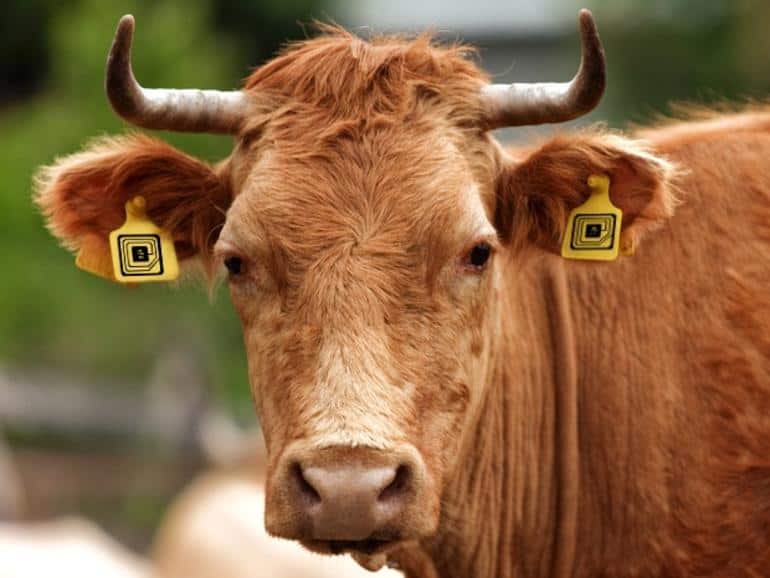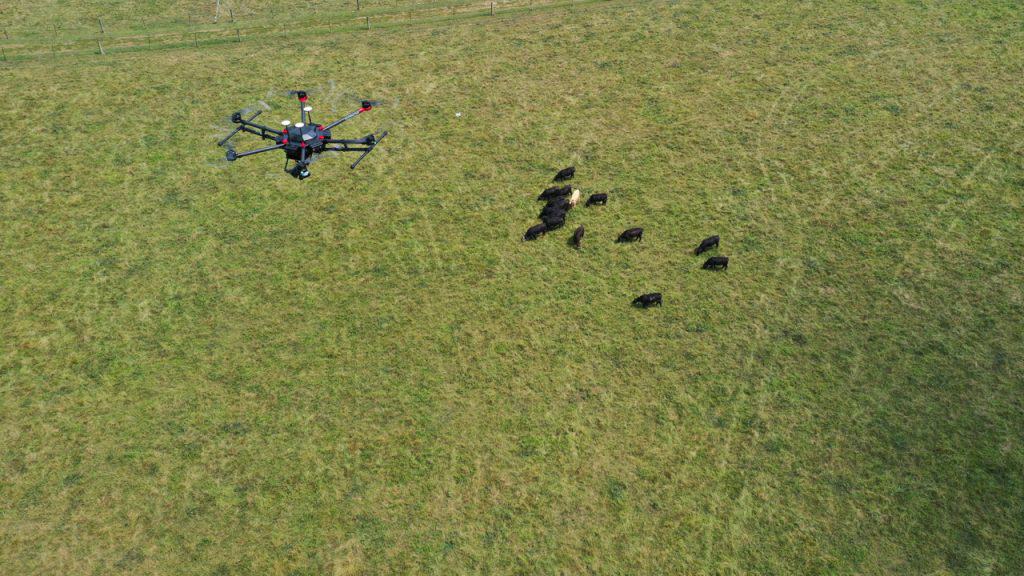Livestock farming has always required a blend of science and practical farm wisdom. But exciting new technologies are taking the guesswork out of key decisions to help producers monitor animal health, grasslands and optimize operations like never before.
RFID Tags for Health Monitoring
Radio frequency identification (RFID) systems involve microchipped tags placed on each animal’s ear which communicate data back to the farmer’s computer via connected antennas.
The ID tag tracks temperatures, movements from paddock to paddock, weight gain or losses and medical records. If any vitals spike out of normal range like during illness, alarms notify staff to isolate and treat the animal promptly before infection spreads.
Certain ranchers also use RIFD to better manage breeding rotations. By tracking estrus cycles, they know the optimal days for artificial insemination to have calves arrive at times when grass nutrients are highest. This boosts survival rates and productivity.

Drones for Aerial Monitoring
Drone systems take farm data collection to new heights…quite literally. Quadcopters equipped with image capturing technology can survey grazing lands at low altitudes across thousands of acres in minutes. This yields helpful intelligence like:
- Identifying facility issues – Damage to fencing/water lines that require immediate repair. Estimating paddock grass/brush levels to efficiently rotate livestock.
- Monitoring cattle distribution – Scan group sizes and social clustering behaviors to ensure even grazing patterns. Isolate injured livestock.
- Measuring field biomass – Estimate winter crop cover densities so optimal feed volumes are distributed saving costs.

By taking this elevated view of the whole property and herds, issues can be caught early before they escalate. The mobility and automation of drones also enable vastly more real-time data than manual surveys.
The Future of Livestock Management
While the farmer’s wisdom and expertise can never be replaced, data-driven insights amplify their abilities to look after both land and cattle. This allows them to react faster to changing conditions from weather shifts to commodity prices.
IoT innovations will be key to sustainably raising more livestock to feed the growing global population. But ultimately, the human touch and stewardship of farmers is what keeps these animals and fields healthy using technology as an aide rather than a substitute.